National Examinations Board Nepal, also known as NEB, is responsible for conducting examinations of classes XI, XII and 10 in Nepal.
Previously, the examinations of class XI and XII were conducted by HSEB and the examination of class 10 by the SLC board, but as per the eighth amendment of the education act 2073 done recently, the responsibility was given to NEB. Due to the amendment, another change was to categorise our educational level into two categories, i.e., Basic (Grades 1 to 8) and Secondary (Grades 9 to 12) instead of four.
The Higher Secondary Education Board (HSEB) was transformed into National Examinations Board under the eighth amendment of the Education Act, 2073. All the operations previously handled by the HSEB will now be under the operational responsibilities of NEB. The new website of NEB is https://www.neb.gov.np/.
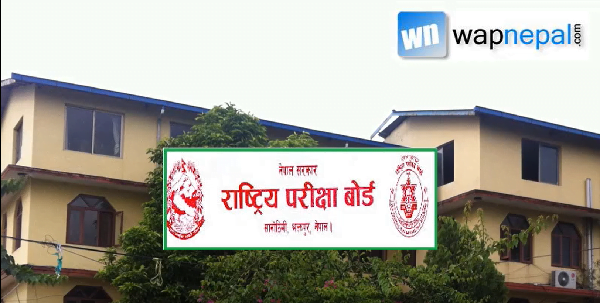
Table of Contents
National Examinations Board
To talk briefly about NEB, NEB is the advanced form of HSEB to be simple. HSEB was established under Higher Secondary Education Act 1989. Talking about manpower, the employees are not replaced, but those who were working under HSEB also work under NEB. But the topmost two employees, i.e., Vice-chairperson and member secretary, are replaced. Being the central office at Sanothimi, Bhaktapur, the board runs its various services through 11 different branches so that all 77 districts are covered.
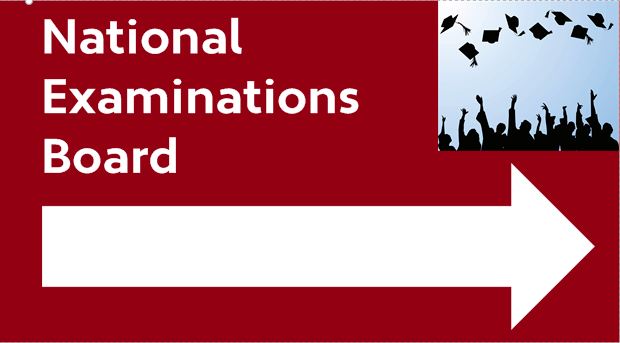
The result of examinations conducted by NEB is expected to be published about 3 to 4 months after the date of conducting the examination and not more while previously, it took more than seven months. To check the results, the students can go to the website of NEB or use other online and offline mediums. Among the online mediums, the common ones are the website of NEB itself and other websites like that of NEB.NTC.NET.NP. For information, the board’s website has changed from www.hseb.edu.np to www.neb.org.np.
National Examinations Board Roles
To conclude, not only has the name of the board changed from HSEB to NEB, but it has also added further responsibilities to the board. I won’t say only responsibilities are added, but I prefer to say it has invited various challenges in front of NEB. Challenges come from planning to formulation and implementation phase as well. For instance, the board has to plan the syllabus for classes 9 and 10 for sure, but it also has to plan the syllabus for lower grades to match the level of classes 9 and 10. Not only this, as the whole system is changing to the grading system, it has already shown certain drawbacks which have to be corrected or at least addressed by NEB. If NEB moves positively in overcoming the challenges that come at the time of its operation, then we can be sure that NEB will produce capable manpower as per plan.
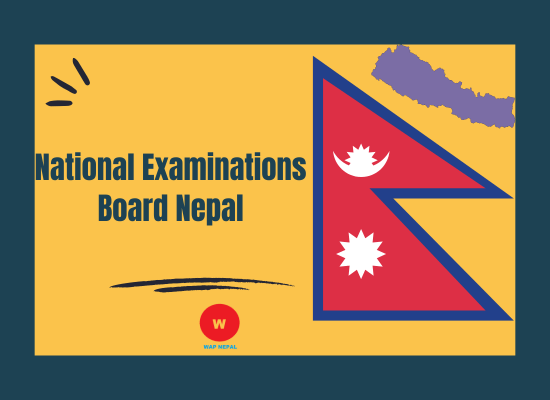
The Board in NEB will include members in the following designations:
- Chairperson (1)
- Vice Chairperson (2)
- Members (7)
- Member Secretary (1)
NEB Rights, Responsibilities and Duties
Following are the rights, responsibilities and duties of the National Examinations Board of Nepal
- Responsible for working on the policies drafted by the Ministry of Education
- Monitoring and evaluation of School Education Examination standards and controlling to enhance the quality
- Planning and implementation of long-term plans for the board
- Evaluate and permit the Board’s annual budget and programs
- Manage necessary funding sources for the smooth functioning of the board
- Preparation of term and annual reports to the ministry
- Controlling of other duties as defined
NEB National Examinations Board District offices
With education policies being revised along with the amendment of the new constitution, some significant transformations have been seen in Nepal’s education and school system. HSEB (Higher Secondary Education Board) has transformed into NEB (National Examination Board). Formerly, HSEB looked after and regulated the education and examination of only Grades 11 and Grade 12. But with the inclusion of Grade 11 and Grade 12 at the secondary level in school, it will regulate School Leaving Certificate (SLC) too. There are NEB district offices in respective regions to regulate the education and control overall Grade 11 and Grade 12 schooling.
Previously, SLC was issued upon successful completion of Grade 10. It used to be a nationwide examination. Examination Controllers Office controlled this. However, the Grade 10 examination has now been transformed to be controlled by regional offices. It will be at the Provincial or regional level. HSEB was transformed into NEB per the eighth amendment to the Education Act 1971.
NEB National Examinations Board District offices everywhere
As per the amendment, all the higher secondary level schools will now be managed by DoE with the help of NEB. NEB will regulate all the operations of HSEB. All the staffs working in HSEB are also now officially the staff of NEB. With the extension of role, NEB shan’t only regulate Grade 11 and Grade 12 examinations but will also look after Grade 10 and Grade 8 examinations further. So far, Grade 8 examinations shall be at the district level, SEE – Grade 10 examination will be at the provincial level, and the Grade 12 examination is set to be a national level examination.
National Examination Board will control and regulate all the works via its central office. Meanwhile, it will coordinate through its district offices for district-level governance. The certificates of the examinations will also be available for distribution via NEB district offices. Currently, National Examination Board is functioning with 11 regional offices in coordination with District Education Offices. These regional offices will provide all the NEB-related services to the students and District based offices. NEB plans to establish district offices in coordination with District Education Offices in all 75 districts of the nation. With the recent transformation of HSEB to NEB, many revisions and edits are yet to be made. The work area and responsibilities have been added. NEB has also planned to make additional regional and provincial offices for smooth operation.
NEB district offices and NEB central office
The central office of NEB is at Sanothimi, Bhaktapur. The former office of the HSEB has now been the central office of National Examinations Board. All the operations are regulated from the office based at Bhaktapur. The works are also redirected to the regional and NEB district offices.
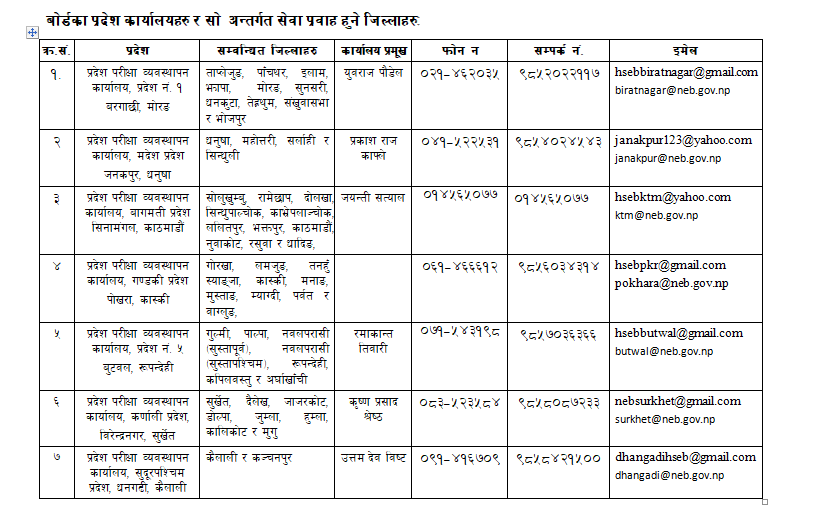
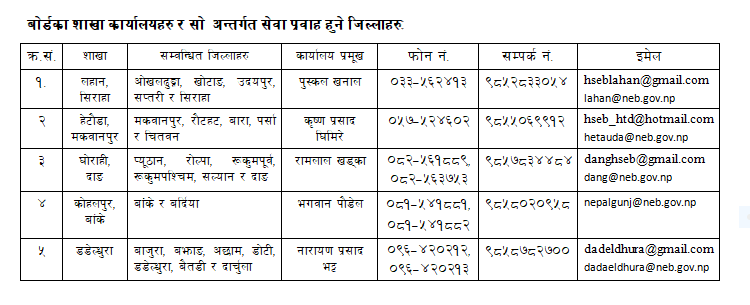
NEB National Examinations Board Contact Information
National Examinations Board
Sanothimi, Bhaktapur
Tel: +977 01 6630848, 6631586, 6630598.
National Examinations Board NEB – FAQ
What is the National Examinations Board Nepal (NEB)?
The National Examinations Board Nepal (NEB) is an autonomous body established under the Education Act of Nepal. It is responsible for conducting examinations for higher secondary education, specifically for classes 11 and 12.
When was the NEB established?
The NEB was established in 1989 under the Higher Secondary Education Act. It replaced the previous Higher Secondary Education Board and was given the authority to govern and regulate higher secondary education in Nepal.
What is the role of the NEB?
The NEB is responsible for developing the curriculum for classes 11 and 12, conducting examinations, and awarding the School Leaving Certificate (SLC). It has the authority to define and regulate the standards of higher secondary education in Nepal.
How does the NEB function as an autonomous body?
As an autonomous body, the NEB operates independently from the Ministry of Education. It has its own structure and functions under the provisions of the Education Act. The NEB has the power to make decisions related to higher secondary education without direct involvement from the government.
What are the branches/offices of the NEB?
The NEB has branch offices in various provinces of Nepal. These branch offices ensure the smooth conduct of examinations, curriculum development, and other administrative tasks at the regional level.
What is the significance of the Education Act in relation to the NEB?
The Education Act defines the framework within which the NEB operates. It outlines the powers, functions, and responsibilities of the NEB and sets the standards for higher secondary education in Nepal.
How does the NEB contribute to the education system in Nepal?
The NEB plays a crucial role in the education system of Nepal by ensuring the quality and standardization of higher secondary education. It conducts fair and reliable examinations, provides certificates, and promotes educational excellence at the secondary level.
Can I pursue higher education with NEB Plus 2 Nepal certification?
Yes, NEB plus 2 Nepal certification opens the door for further study options. It is recognized internationally.
